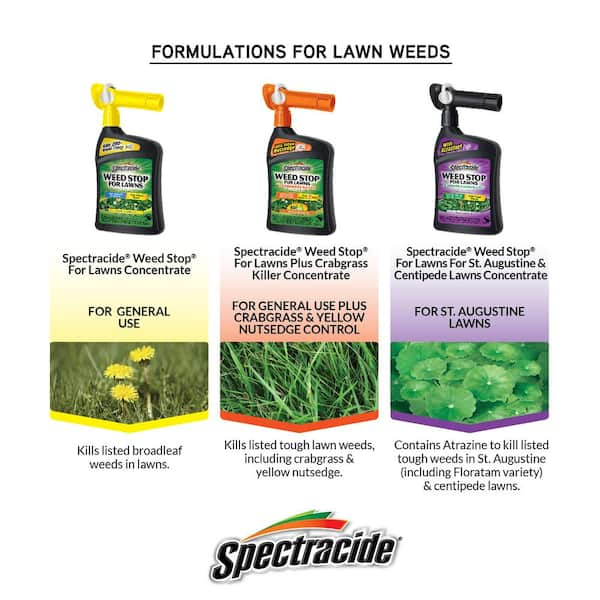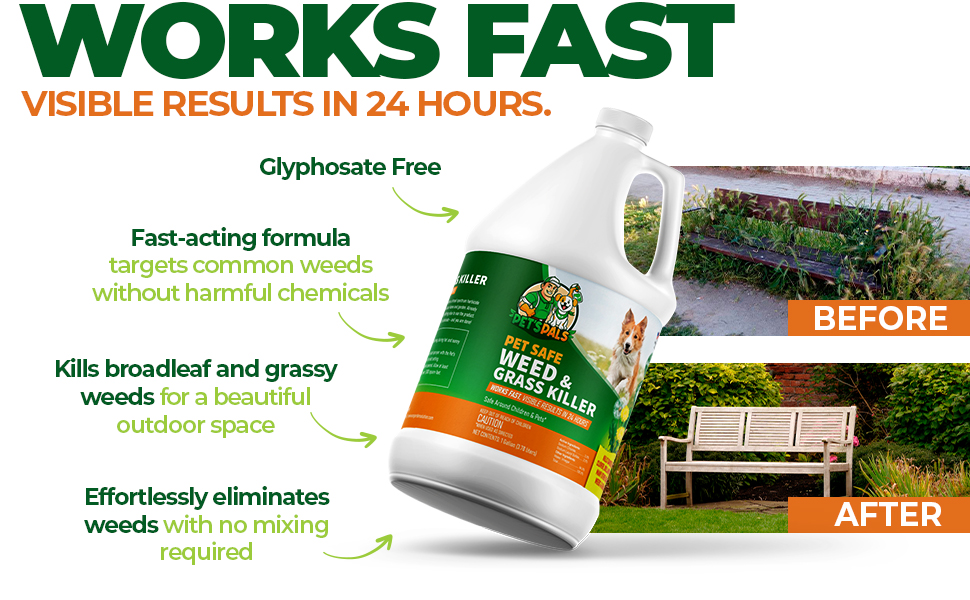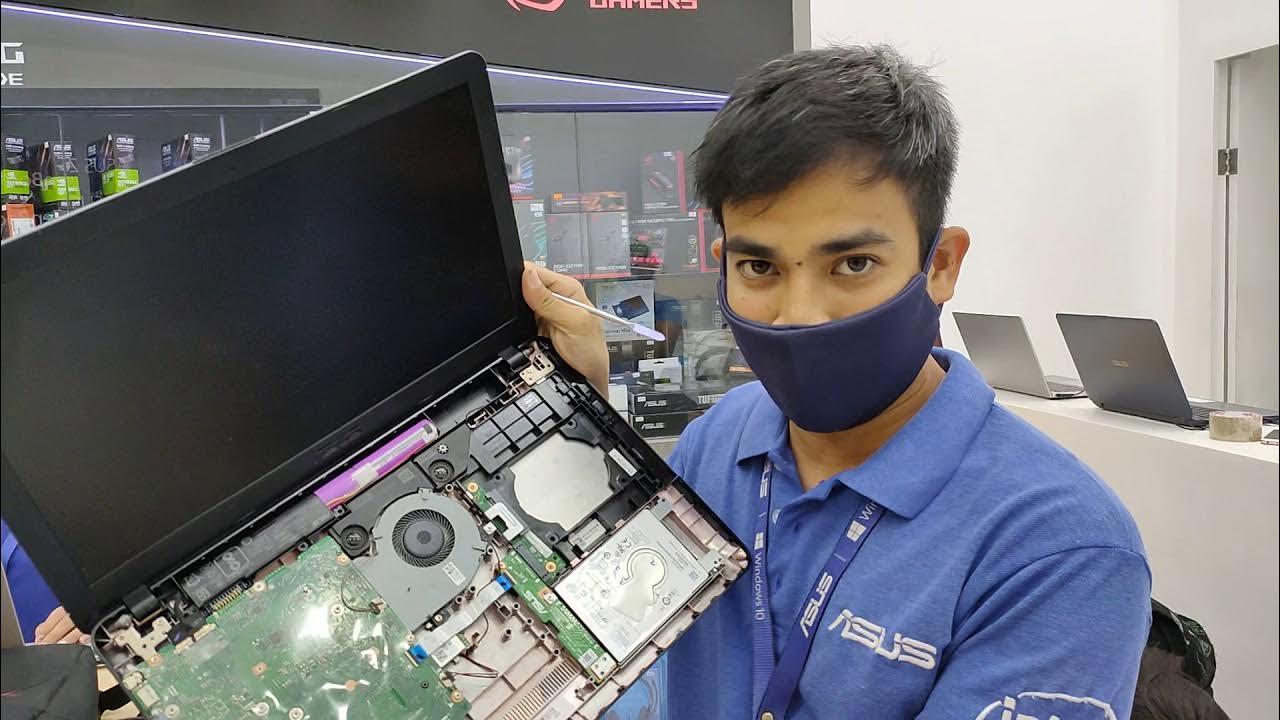To remove St. Augustine grass, follow these steps: first, mow the grass as low as possible. Second, apply a non-selective herbicide such as glyphosate.
(20 words) Looking to eliminate St. Augustine grass from your lawn? The following steps will guide you through the process effectively. Start by mowing the grass as low as possible, and then proceed to apply a non-selective herbicide like glyphosate. This will ensure the thorough removal of St.
Augustine grass from your lawn. (44 words)

Credit: www.homedepot.com
Methods For Removing St Augustine Grass
Looking to get rid of St Augustine grass? There are several effective methods you can try, including manual removal, applying herbicides, and using sod cutters. These techniques can help you achieve a weed-free lawn.
When it comes to removing St Augustine grass, you have several effective methods at your disposal. Whether you prefer manual removal, chemical solutions, solarization, or smothering techniques, there is a method that suits your needs. Let’s explore each of these methods in more detail.
Manual Removal
If you’re looking for a hands-on approach to removing St Augustine grass, manual removal is the way to go. This method involves physically digging up the grass and its root system. Here are some steps to follow:
- Start by mowing the grass as short as possible to make the digging process easier.
- Using a shovel or garden fork, carefully dig around the perimeter of the grass clump to loosen the roots.
- Lift the grass clump out of the ground, ensuring you remove as much of the root system as possible.
- Dispose of the grass clumps and roots or use them for composting if desired.
Keep in mind that manual removal can be labor-intensive, especially if you have a large area to cover. However, it is an effective and environmentally friendly method for removing St Augustine grass.
Chemical Removal
If you prefer a faster approach to removing St Augustine grass, you may consider using chemical solutions. These herbicides are specifically formulated to kill St Augustine grass without harming other desirable plants. Here’s how you can use chemical removal:
- Choose a selective herbicide that targets St Augustine grass.
- Follow the product instructions carefully, as different herbicides may require different application rates and methods.
- Apply the herbicide on a calm day to avoid drifting onto other plants.
- Reapply as needed to ensure complete eradication of the grass.
While chemical removal can be effective, it’s important to use herbicides responsibly and according to the manufacturer’s instructions.
Solarization
An eco-friendly method for removing St Augustine grass is solarization. This technique utilizes the heat from the sun to kill the grass and its roots. Here’s how you can employ solarization:
- Mow the grass as short as possible to expose the soil surface.
- Water the area thoroughly to ensure the soil is moist.
- Cover the area with a clear plastic sheet, securing the edges to trap the heat.
- Leave the plastic sheet in place for several weeks, allowing the sun’s heat to build up and kill the grass.
- After the solarization period, remove the plastic sheet and dispose of any remaining grass and roots.
Remember to choose a sunny period for solarization to maximize its effectiveness.
Smothering Techniques
Another natural method for removing St Augustine grass is through smothering techniques. This involves depriving the grass of light and air to suffocate it. Here are a couple of smothering techniques you can try:
- Layering with newspaper or cardboard: Start by mowing the grass short and removing any debris. Then, lay down a thick layer of newspaper or cardboard over the grass, ensuring there are no gaps. Water the layer thoroughly and cover it with mulch or soil to hold it in place. Over time, the lack of sunlight will kill the grass.
- Plastic sheeting: Similar to solarization, you can cover the grass with a thick plastic sheet to smother it. Secure the edges and leave the sheet in place for several weeks. This method also traps heat, aiding in the grass’s demise.
Smothering techniques may take longer to achieve desired results, but they are safe and sustainable ways to remove St Augustine grass.

Credit: www.amazon.com
Preventing St Augustine Grass Regrowth
To prevent St. Augustine grass regrowth, follow these steps: regularly mow the grass to a low height, apply a selective herbicide, manually remove any remaining grass and roots, install barriers to prevent new growth, and properly maintain your lawn by watering and fertilizing appropriately.
Keep in mind, consistent and proactive measures will help eradicate St. Augustine grass effectively.
When it comes to getting rid of St Augustine grass, preventing regrowth is just as important as removing the existing grass. Proper lawn maintenance, using mulch, and regularly inspecting and treating for weeds are key strategies to keep St Augustine grass from coming back. By following these methods, you can ensure that your lawn remains healthy and free from unwanted grass.Proper Lawn Maintenance
To prevent St Augustine grass regrowth, it’s essential to maintain a healthy lawn. Here are some tips to help you achieve this: – Mow regularly: Keeping your grass at the appropriate height will discourage St Augustine grass from spreading. Aim to mow at recommended heights for your specific lawn type. – Water correctly: Water deeply and infrequently to promote deep root growth. This will make it harder for St Augustine grass to establish itself. – Fertilize appropriately: Use a balanced fertilizer according to your lawn’s needs. Avoid over-fertilizing as it can encourage the growth of unwanted grasses.Using Mulch
Mulching is an effective method to prevent the regrowth of St Augustine grass. Here’s how you can use mulch to your advantage: – Apply a thick layer: Cover the areas where you have removed St Augustine grass with a layer of mulch. This will smother any remaining grass roots and prevent new growth from taking hold. – Choose the right type: Organic mulches like wood chips or straw are recommended for preventing weed and grass regrowth. They break down over time, adding nutrients to the soil.Regularly Inspecting And Treating For Weeds
Weeds can quickly invade your lawn, including St Augustine grass. Regular inspections and treatments will keep unwanted grasses at bay. Here’s what you can do: – Inspect your lawn: Regularly walk through your lawn and look for any signs of St Augustine grass regrowth. Acting promptly will prevent it from spreading. – Spot treat with herbicides: If you notice any regrowth, use a suitable herbicide specifically designed to target St Augustine grass. Be careful to follow the instructions to avoid damaging the rest of your lawn. In conclusion, preventing St Augustine grass regrowth requires proactive measures such as proper lawn maintenance, mulching, and regular inspections and treatments for weeds. By adopting these strategies, you can ensure that your lawn remains healthy, free from unwanted grasses, and looks its best.
Credit: www.solutionsstores.com
Frequently Asked Questions Of How To Remove St Augustine Grass
How Do You Remove St Augustine Grass From Your Lawn?
To remove St Augustine grass from your lawn, you can either manually pull it out, use a shovel to dig up the roots, or apply a selective herbicide specifically designed to target this type of grass. Whichever method you choose, it’s important to follow the instructions carefully to ensure effective removal.
Are There Any Natural Methods To Remove St Augustine Grass?
Yes, there are natural methods to remove St Augustine grass. One option is smothering the grass with a layer of cardboard or thick mulch, depriving it of light and eventually killing it. Another method is using boiling water or vinegar to spot treat the grass.
These methods may take time and repeated applications for full effectiveness.
Is It Possible To Prevent St Augustine Grass From Spreading?
Yes, it is possible to prevent St Augustine grass from spreading. Regular mowing at the proper height can help control its growth and prevent it from overtaking the lawn. Additionally, regular maintenance practices such as fertilizing, aerating, and overseeding can help promote a healthy lawn that can compete with the invasive grass.
Conclusion
Removing St. Augustine grass can be a daunting task, but with the right techniques, it’s entirely possible. By following the steps outlined in this blog post, you can successfully eliminate St. Augustine grass from your lawn and create a space for new, vibrant growth.
Remember to carefully apply herbicides, use the right tools, and continue proper maintenance to keep your lawn looking its best. Don’t let St. Augustine grass take over your yard – take action and regain control today!
- The Power of Mobile Accessibility And Real-Time Tracking for Trucking Operations - November 6, 2024
- Why Ease of Use is Crucial in Trucking Dispatch Software - September 22, 2024
- Better Communication With Dispatchers: How Trucking Dispatch Software Can Optimize Operations - September 7, 2024


